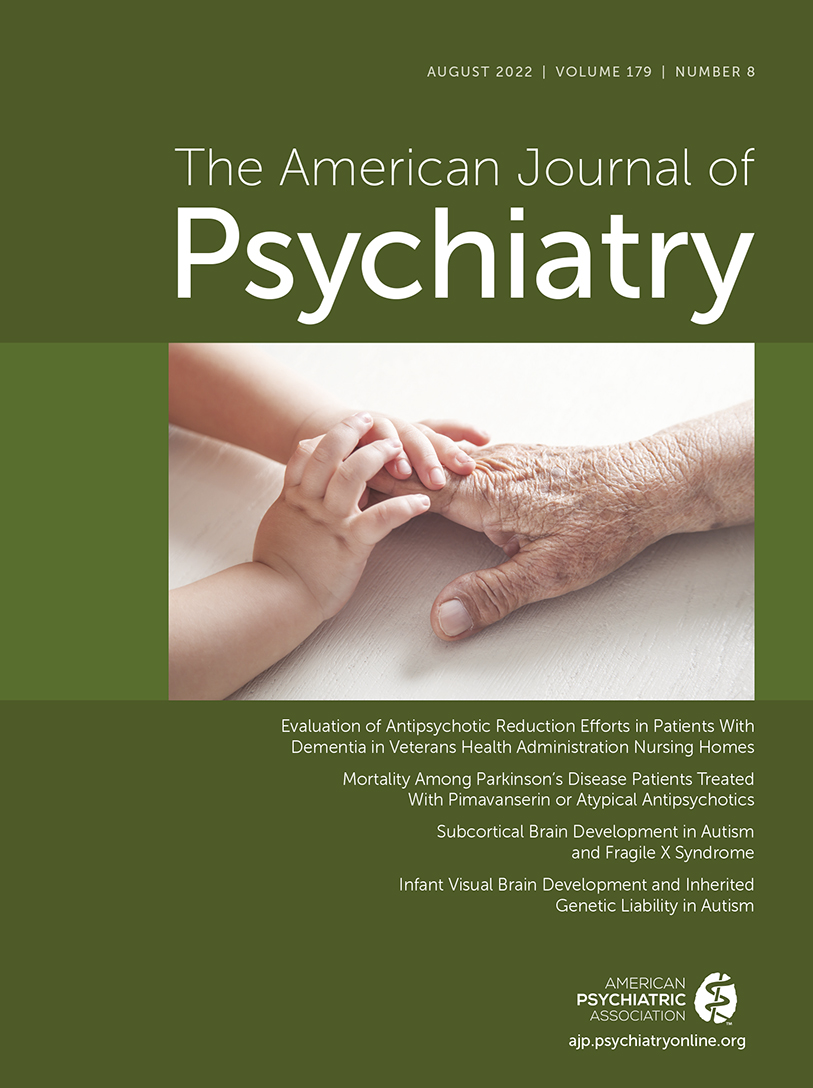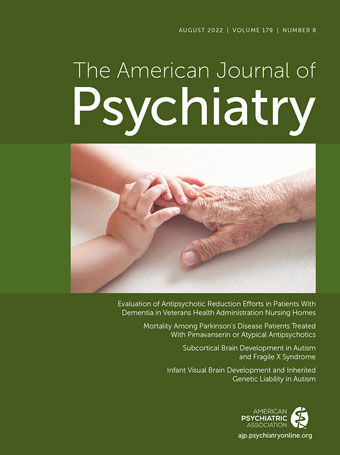Mental health systems optimally include a care continuum to meet people’s needs in the most accessible, least restrictive environment. In broad perspectives, this continuum includes a range of services such as crisis services, accessible outpatient services, rehabilitation and recovery support services and inpatient psychiatric care. Access to inpatient psychiatric beds undergirds local mental health systems, providing essential services to help treat adults or young people who are experiencing mental illness, just like inpatient medical hospitalization serves the most acutely ill.
However, the number of psychiatric beds across private and public sectors has fluctuated and dropped significantly in the past 60 years. Today, amidst a mental health crisis, communities have no effective means to assess how many beds they need to meet demand in their population. When demand is not met, people in need of mental health care often approach the emergency department. Too often, psychiatric inpatient beds are not available when needed. As a result, people with mental illnesses end up boarding in emergency departments or being discharged prematurely. In worst-case scenarios, inaccessible treatment results in homelessness or involvement with the criminal justice system.
In 2020, an APA Presidential Task Force was established by then-President Jeffrey Geller, M.D., M.P.H., and chaired by Past President Anita Everett, M.D. The Task Force members included APA leaders, other mental health professionals, experts in child and adolescent psychiatry, and modeling technique specialists. It was charged with reviewing the historical and current context of access to inpatient psychiatric care and to undertaking an effort to research, assess, and develop recommendations regarding the capacity of outpatient and inpatient psychiatric care in the U.S. This document represents the work of that Task Force. It is separated into seven sections addressing this problem and proposing a new model for calculating the needs within a community.
1. Historic and Contemporary Use of Psychiatric Beds
This section tracks the rise of psychiatric inpatient treatment in the United States, from the early days of family care and Dorothea Dix’s efforts to grow the system, through its peak in 1955 at more than 500,000 beds (
1). Due to federal policy changes, the development of antipsychotic drugs, and the rise of managed care, among other factors, that trend turned downward, and between 1970 and 2014, the resident population in state psychiatric hospitals declined from about 370,000 to 40,000, and stays grew shorter. The population within those settings was much broader than what we think of as an inpatient psychiatric hospital patient today—they served individuals with medical conditions, older adults with neurocognitive conditions, and persons with disabilities, to name a few. In addition, the emergence of the acute psychiatric bed system and managed care spawned the development of short length of stay inpatient units. Today, psychiatric inpatient care is complex and encompasses many factors that reflect a struggle to provide compassionate care with diminishing resources and within time frames that are often too short to evaluate treatment response or facilitate meaningful recovery.
2. Definitions of Psychiatric Beds
An inpatient psychiatric hospital bed is a bed where an individual with mental illness receives psychiatrically supervised care 24/7, primarily for symptoms of psychiatric illness with ancillary supports for co-occurring medical conditions. This section explores the different settings offering inpatient psychiatric beds and some sub-populations using them.
3. Financing of Psychiatric Beds
While overall spending on mental health treatment has steadily increased, the percentage of mental health care spending on inpatient care shifted from 42% in 1986 to 27% in 2014 (SAMHSA, 2016 (
2)) as more and more services were provided in community settings. That spending comes from a variety of sources, including Medicaid, Medicare, private health insurance and managed behavioral health care, state systems, funding for psychiatric care in correctional systems, and child and adolescent care funding. However, there are numerous barriers to inpatient care associated with current financing systems. These barriers often result in delayed care, patients not being admitted, or patients being discharged prematurely. This section reviews these barriers, offers policy recommendations, and highlights the potential opportunity for integrating psychiatric and primary medical care to reduce the costs and burden of comorbid disease.
4. Population Variables Affecting Use of Psychiatric Beds
Many barriers decrease access to psychiatric beds across populations, such as stigma, mental health workforce shortages, limited local resources, and insurance payor type. This section explores these barriers as well as barriers affecting specific sub-populations, including older adults, LGBTQ+ patients, veterans and their families, active service military, foreign-born patients, children and families, patients with substance use disorders, patients involved with the criminal justice system, and patients with comorbid general medical illness.
5. Community System Contributors and Variables Impacting Hospital Bed Use
This section examines services and resources in community systems associated with hospital level of care. It focuses on data-supported interventions related to the entry and exit points of hospital-level care and delineates community system factors that could increase, decrease, or have variable impact on the need for psychiatric beds.
6. Creating Models for Estimating the Number of Needed Psychiatric Beds
The Task Force worked on developing models for adults and for children/adolescents that might be used by communities and states to help estimate the number of beds necessary to meet the need for inpatient psychiatric care. Descriptions of the current draft of the models are available within this report. This section includes a description of the motivating question (i.e., how many beds are needed?); a discussion around why this is a complex question; an overview of the modeling approach, structure and inputs; an illustration of the model dashboard; and results for the adult model developed for a hypothetical “Anytown, U.S.”
7. Child and Adolescent Psychiatric Beds
The number of children with severe and acute mental health needs is beyond current treatment capacities. Psychiatric hospitalization for children and adolescents is part of a continuum that optimally includes crisis stabilization beds, respite beds, outpatient and intensive outpatient services, partial hospitalization programs, care management and coordination, school and community-based mental health programs, and access to community supports for patients, caretakers, and families. This section discusses the needs, services and resources for children and adolescents, often varying from those of adults. The section also reviews existing standards and guidelines for inpatient child and adolescent psychiatric care and standards for determining the appropriate intensity of care.
A special innovation of this work has been working with individuals with experience in the development and use of simulation modeling as a tool to predict demand, capacity and cueing in a process with a multiplicity of options. This is the case with the array of community treatment services that could mitigate the need for admission to a psychiatric bed. Model development and refinement is ongoing at the time of this report, and the current report includes information on the development and status of the predictive model.
At the time of publication of this report, we are emerging from the COVID-19 pandemic which has contributed to mental illnesses, such as anxiety, depression, PTSD and substance use, increasing in the U.S. and around the world. Access to treatment is “wanting” for lack of funding for care and the facilities for hospital care when needed. Early in the COVID-19 era some inpatient psychiatric wards were used for COVID-19 patients thus further reducing the available capacity for psychiatric beds. In his 2022 State of the Union Address, President Biden announced a clear focus on supporting our nation’s mental health through increasing the capacity of services, connecting more people to care, and attending to an environment that supports health and mental health. Access to psychiatric beds is a critical part of the equation.
This research report includes the work of several subgroups of the Task Force. It also presents an innovative predictive modeling tool that could ultimately be used to help communities throughout the U.S. determine the number of beds and other services required to assure that the needs of adults and children with mental illnesses are met. Despite the passage of national parity laws, individuals with mental illnesses continue to lack sufficient, effective, quality treatment in a health care system that is not on par with our general health care system. This work provides a critical component to inform services capacity development.
At the heart of the Task Force's efforts was a commitment to principles of recovery, including individual empowerment and person-centered services. The success of any comprehensive continuum of mental health care relies on optimized capacity of and access to inpatient psychiatric care. This report provides background, context, and a proposed model to help policymakers decide on appropriate resource allocation in support of that goal. The full report is available in a
data supplement that accompanies the online version of this APA Official Action in the August 2022 issue of
The American Journal of Psychiatry (
ajp.psychiatryonline.org). The findings, opinions, and conclusions of this report do not necessarily represent the views of the officers, trustees, or all members of the American Psychiatric Association and do not represent APA policy.

